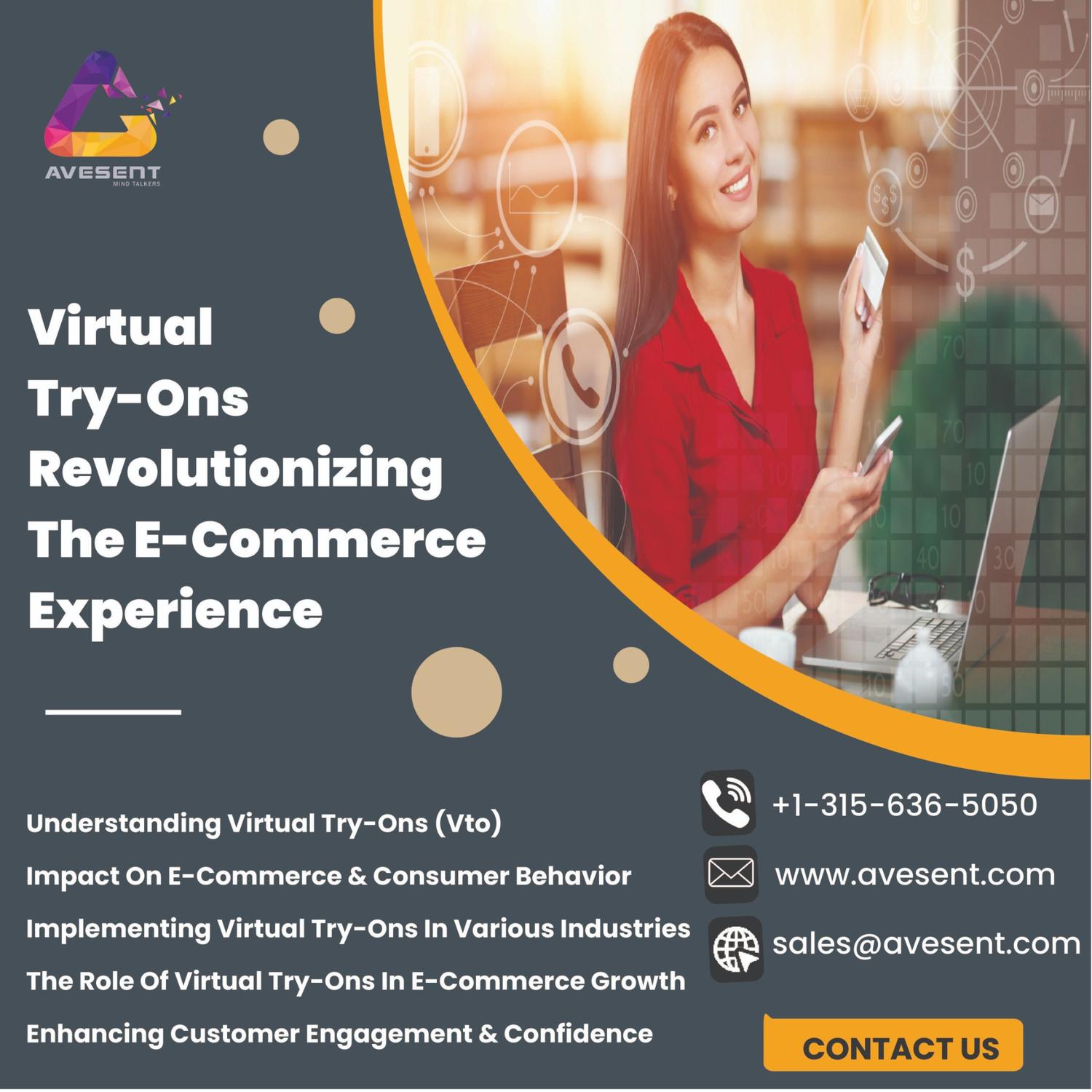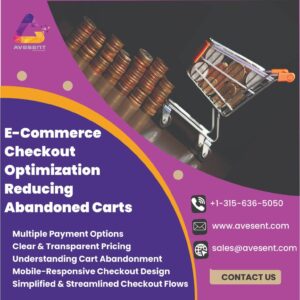Virtual Try-On (VTO) technology has revolutionized online shopping in recent years by offering customers a unique and immersive method to test things before purchasing. With digital marketing agencies in India always looking for new ways to improve the e-commerce experience, the introduction of Virtual Try-Ons is a game-changer changing how consumers engage with items.
Understanding Virtual Try-Ons (VTO):
Virtual Try-On technology enables users to visualize and experience products virtually, trying them on digitally before purchasing. This technology applies to various sectors, including apparel, cosmetics, eyewear, and accessories.
Enhancing Customer Engagement and Confidence:
Interactive Experience: VTO offers an interactive and engaging way for customers to try products, fostering a more personalized and enjoyable shopping experience.
Boosting Confidence: Seeing how a product fits or looks in real-time boosts consumer confidence, reducing hesitation and potential returns.
Impact on E-commerce and Consumer Behavior:
Reducing Purchase Uncertainty: VTO minimizes uncertainty by providing a realistic preview, leading to increased purchase intent and conversion rates.
Improved Customer Satisfaction: Customers can make more informed decisions, resulting in higher satisfaction levels with their purchases.
Implementing Virtual Try-Ons in Various Industries:
Fashion and Apparel: Virtual fitting rooms allow users to virtually try on clothing, determining the best fit and style.
Beauty and Cosmetics: Virtual makeup trials enable users to experiment with different cosmetic products, shades, and looks.
Eyewear and Accessories: Trying on glasses, sunglasses, or accessories virtually helps users find the perfect match without physically trying them on.
The Role of Virtual Try-Ons in E-commerce Growth:
Competitive Advantage: Brands implementing VTO technology gain a competitive edge by offering an innovative and immersive shopping experience.
Building Brand Loyalty: Positive experiences with VTO contribute to repeat purchases and foster brand loyalty.
Challenges and Considerations:
Technology Integration: Implementing VTO requires robust technology and seamless integration into e-commerce platforms.
Accuracy and Realism: Ensuring that virtual representations accurately match the real-life product is crucial for customer satisfaction.
Digital Marketing Agencies Leading VTO Adoption:
Technology Integration: Collaborating with tech partners to seamlessly integrate VTO features into e-commerce websites or apps.
Content Strategy: Develop compelling content and marketing strategies to highlight the benefits of VTO and educate consumers about its usage.
Future of VTO and E-commerce:
Virtual Try-On technology is poised to evolve further, incorporating advancements like augmented reality (AR) and artificial intelligence (AI) for even more realistic and personalized experiences.
Conclusion:
The incorporation of Virtual Try-Ons in e-commerce presents an exciting frontier for brands seeking to revolutionize the online shopping experience. As digital marketing agencies in India champion innovation, harnessing the potential of VTO technology becomes integral for enhancing customer engagement, driving conversions, and propelling e-commerce growth in the ever-evolving digital landscape.
The integration of Virtual Try-Ons marks a significant shift in e-commerce, offering customers a dynamic and immersive way to interact with products before making a purchase. Embracing this technology not only enhances the shopping experience but also reinforces brand loyalty, ultimately contributing to the success of businesses in the digital realm.





